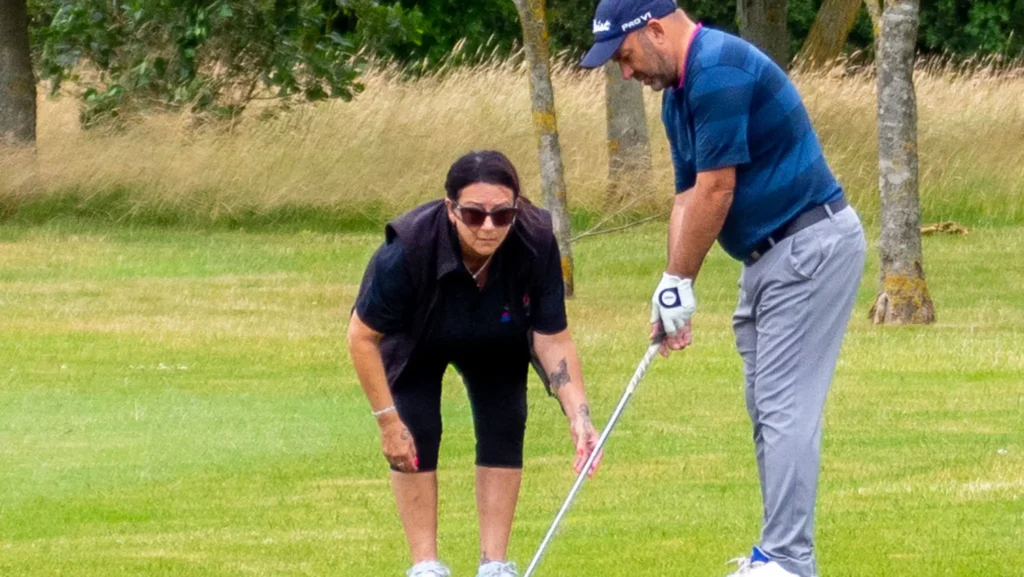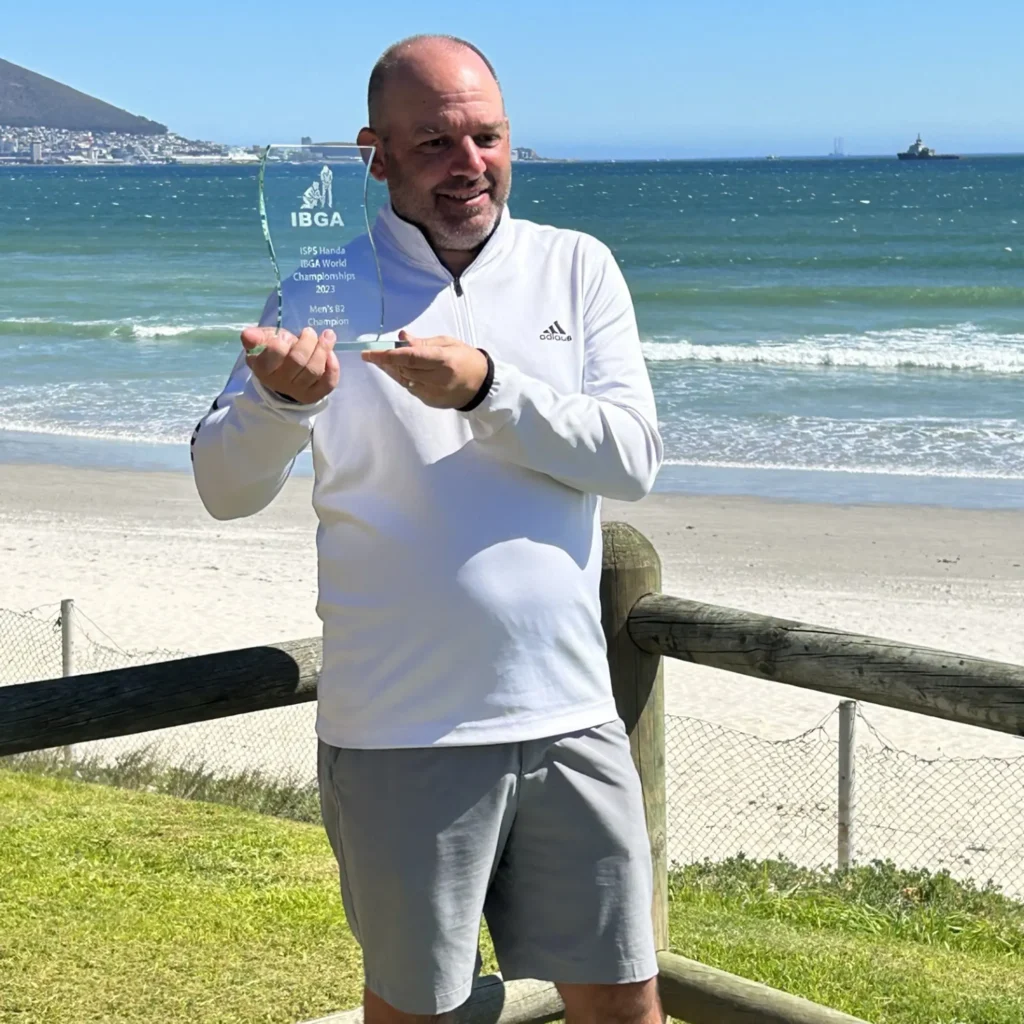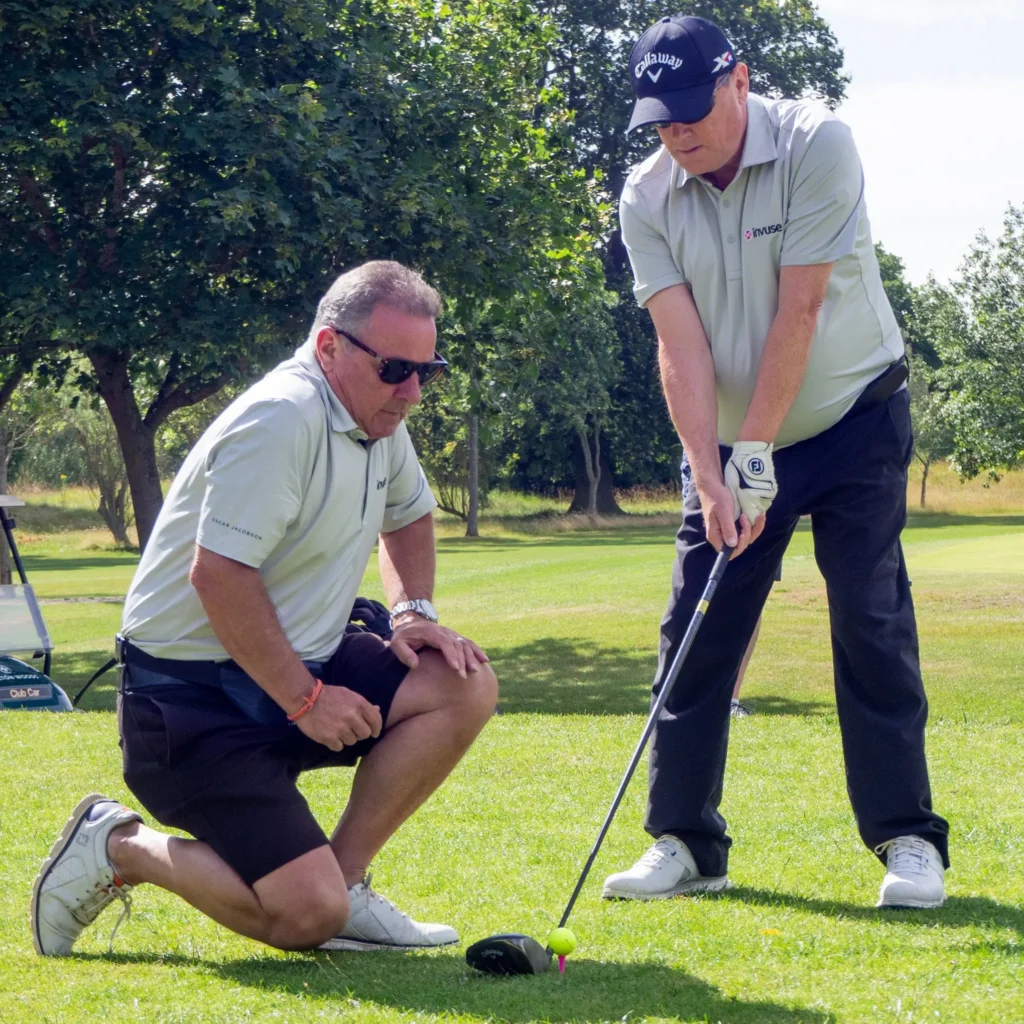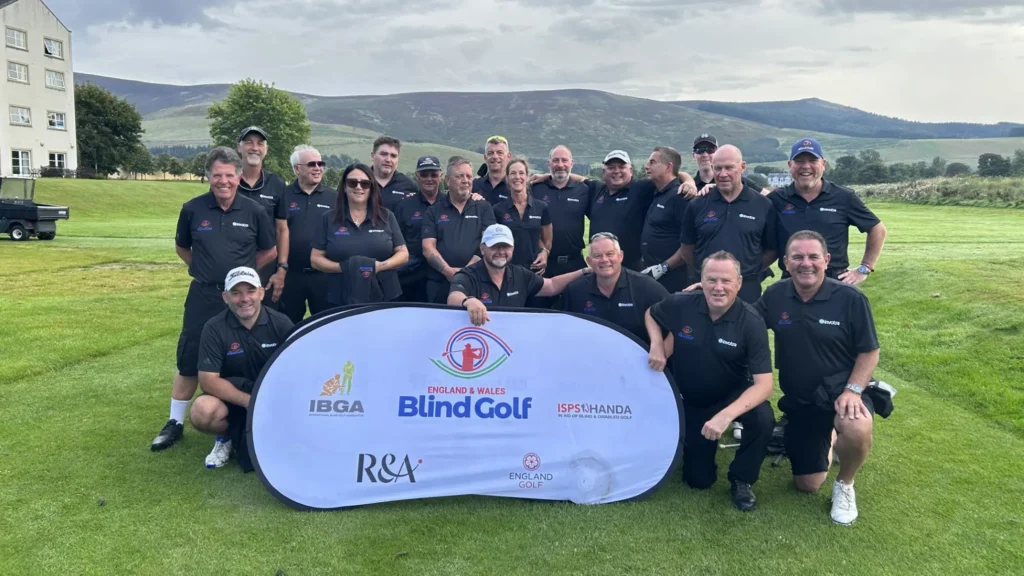As the golf season in the UK gets underway, Aaron Fowler sheds some light on Blind Golf, learning how the game is played and what opportunities exist for players to participate in the sport.
“I’ve been lucky to get to world number one when I first started playing for all three categories. Last year I won the World Championships for my sight category. I’ve captained my country. I’m due to become captain again for the next two years. I’m also playing in the Rest of The World Team in the Blind Ryder Cup. I’m vice-captain for the tournament this year in Austria playing against North America.”
Meet Andy Gilford, Trustee and soon-to-be captain of England and Wales Blind Golf.
The 52-year-old from Worthing in West Sussex has an eye condition called Dominant Optic Atrophy, which affects his central vision.
“I was about 14 when I first started playing,” he said. “I really got into the game because a lot of my friends I hung around in the village with joined our local golf club in Lancashire and I used to carry their clubs.



“They said why don’t you get a set of golf clubs, and we’ll show you to your ball. That was probably my first introduction to blind golf, but I didn’t know blind golf existed in those days.
“I came across Blind Golf back in 1998. I was watching The Open on TV, and the late Peter Alliss was our patron and he mentioned the charity and The British Open for Blind Golf was being played at St Mellion.
“I started digging around because there weren’t the tools you have nowadays like social media. I managed to track down the organisation and spoke to the founder. He explained what was out there for people going through severe sight loss. He gave me a dream and I’ve run with it.”
Blind golf is played by players with a visual impairment who are given a sight classification ranging from B1 to B3 based on their level of sight.
A player with a B1 classification will have no light perception in either eye or be able to recognise shapes at any distance. Players with a B2 or B3 classification will have low levels of usable partial vision.
Gilford, who is a B2, explained how the game is played and the important role player guides have.
“The only adaptations to the rules are that our players can ground their club in a hazard,” he said. “Our guides who are our eyes on the golf course can stand behind us when we line up putts. Otherwise, it’s the same criteria as sighted golf.
“My guide will explain the hole to me, what’s ahead of me. They’ll give yardages. Each one of us are guided differently, so some people are guided with a club over their shoulder and pointing in the direction they are aiming and move their body to where the target is. Myself, like most B1s, I have a club put down behind the ball. I can see a tiny bit of haze of the ball with my vision, but I can’t see my club head.
“It took me a long time to allow my guide to do this because I felt like I was losing some of my independence. By putting the club there, I know I’m in line and put my body into position. Then it’s down to your swing. Then your guide explains the shot. They also do the reading of the greens. It’s like a caddy with superpowers really.”
Gilford is sometimes guided by his wife Mel, who he met through blind golf. One of his career highlights was winning the World Championships for his classification in 2023 at Milnerton Golf Club in South Africa with Mel as his guide.
England and Wales Blind Golf put on several tournaments at various locations throughout the year. Some of their biggest events include The British Open and The British Masters, while at the end of each year an England and Wales team play against Scotland.
Internationally several countries host their own Opens, the World Championships takes place every two years and there is The Ryder Cup in which the Rest of The World compete against a team from North America.
As well as enjoying success as a player, Gilford embraces an important role in helping to grow the game domestically and internationally.
England and Wales Blind Golf have a growing membership and they are seeing more women and young people playing the game.
The charity is also working with sight loss organisations across the UK to help grow the game, in addition to using Toptracer and Trackman to make the game more accessible for individuals with sight loss.
Toptracer and Trackman each use technology that tracks golf balls and shows their flights on TV and driving range screens.
Gilford said: “With each sight loss group we are looking to put on ‘Have a Go Days’ right across the country.
“What we’re using is Toptracer technology. On the driving ranges Toptracer is bringing sight back to people who are losing their sight.
“You can see on the driving ranges, with the technology that’s on the screens, those with limited sight can get some feedback and see what’s happening with the ball.
“We’re also looking to start a virtual golf league that will be run at Trackman venues, which again makes it far more accessible for people.”
One of the things Gilford highlights, which makes golf unique from other visually impaired sports, is how it can be enjoyed by players of any age.
He offers the example of Danny Daniels, who is blind and is guided by wife Diana. At the age of 80 last year, they competed in their first World Championships.
Gilford also mentions visually impaired teenager Bailey Copcutt, whose dad Shane contacted England and Wales Blind Golf. With the organisation’s help the two are able to enjoy playing golf, which has brought them closer together.
Gilford said: “My hope for the future is for the game to grow and give as many people as possible an opportunity in life to play.
“Our catchphrase for our charity is transforming lives and golf is a vehicle which gets people back on their feet or gives people the chance to make new friends.
“Sight loss shouldn’t stop people from enjoying it.”
Click here to find out more about Blind Golf in England and Wales.

